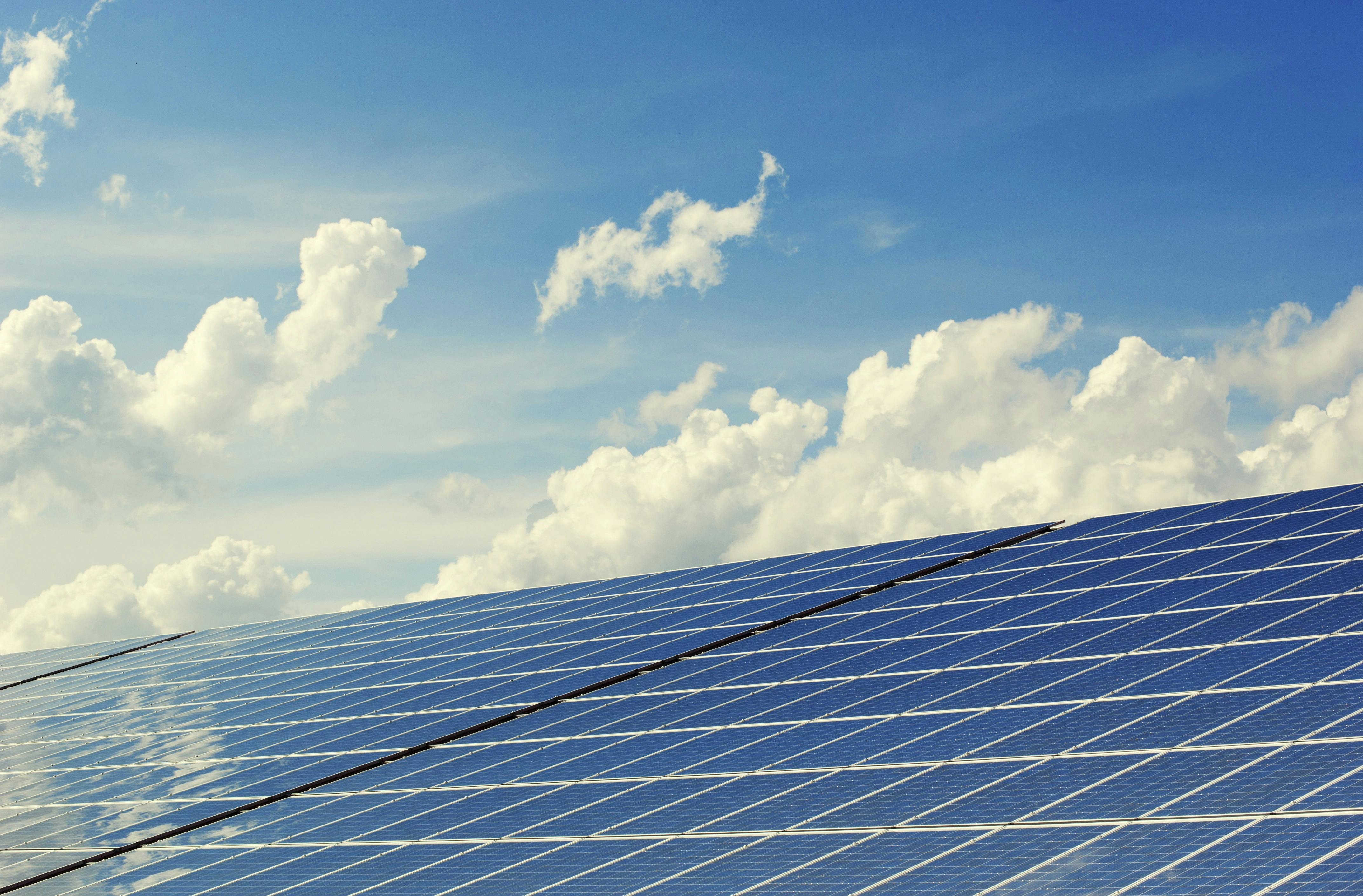Installing a solar system in your home is a significant step toward energy independence and sustainability. However, the process requires careful planning to ensure efficiency, safety, and long-term savings. This article provides essential tips for homeowners embarking on their solar journey, covering site assessment, equipment selection, and professional installation.
Conducting a Thorough Site Assessment
Before installing solar panels, a comprehensive site assessment is critical to determine your home’s suitability.
**Roof Condition**: Ensure your roof is in good condition and can support the weight of solar panels for 25–30 years.**Orientation and Tilt**: South-facing roofs with a 15–40-degree tilt are ideal in the Northern Hemisphere for maximum sunlight exposure.**Shading Analysis**: Identify potential obstructions like trees or buildings that could cast shadows, reducing panel efficiency.Choosing the Right Equipment
Selecting high-quality solar equipment tailored to your needs is essential for optimal performance.
**Solar Panels**: Choose monocrystalline panels for higher efficiency or polycrystalline for cost savings, depending on your budget.**Inverters**: Decide between string inverters (cost-effective) or microinverters (better for shaded roofs) based on your site conditions.**Mounting Systems**: Ensure mounts are durable and compatible with your roof type (e.g., asphalt, metal, or tile).Working with Certified Professionals
Hiring experienced solar installers ensures a safe and compliant installation.
**Certifications**: Look for installers certified by organizations like NABCEP (North American Board of Certified Energy Practitioners).**Permits and Regulations**: Professionals can navigate local building codes, permits, and utility interconnection agreements.**Warranties**: Verify that panels and inverters come with strong warranties (typically 25 years for panels, 10–12 years for inverters).Understanding Costs and Incentives
Solar installations involve upfront costs, but incentives can significantly reduce expenses.
**Federal Tax Credits**: In the U.S., the Investment Tax Credit (ITC) offers a 30% deduction on installation costs (as of 2025).**State and Local Rebates**: Research rebates or low-interest loans available in your area.**Net Metering**: Check if your utility offers net metering to credit excess energy produced by your system.Planning for Maintenance
Solar systems are low-maintenance but require periodic care to maintain efficiency.
**Cleaning**: Rinse panels annually to remove dust or debris, especially in dry or dusty regions.**Monitoring**: Use monitoring software to track energy production and detect performance issues.**Inspections**: Schedule professional inspections every 5–10 years to check wiring and mounts.Benefits of Home Solar Systems
Investing in solar offers both financial and environmental rewards.
**Energy Savings**: Reduce or eliminate electricity bills, with potential savings of thousands over the system’s lifetime.**Increased Property Value**: Homes with solar systems often sell for a premium.**Environmental Impact**: Lower your carbon footprint by relying on clean, renewable energy.By conducting a thorough site assessment, choosing quality equipment, working with professionals, and leveraging incentives, you can ensure a successful solar installation. A well-planned solar system not only saves money but also contributes to a greener future, making it a smart choice for homeowners.
Empowering sustainable energy solutions, one solar panel at a time.
